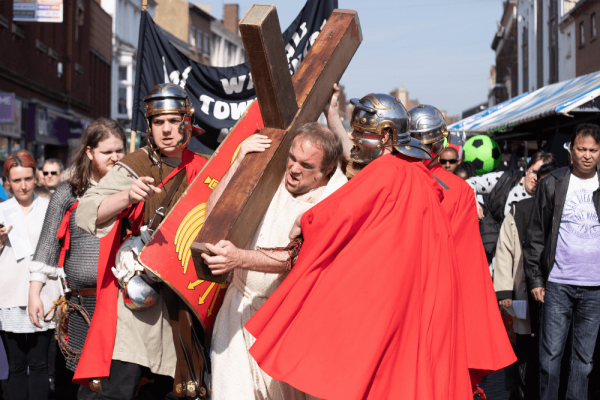Apr 3, 2023
During the medieval Good Friday service, Christians prayed for the “perfidious” — or deceitful — Jews that God might “remove the veil from their hearts so that they would know Jesus Christ.” In another part of the service, a crucifix was placed in front of the congregation so people could venerate the crucified body of Jesus.
Read the Full Article

Already a subscriber? Login
